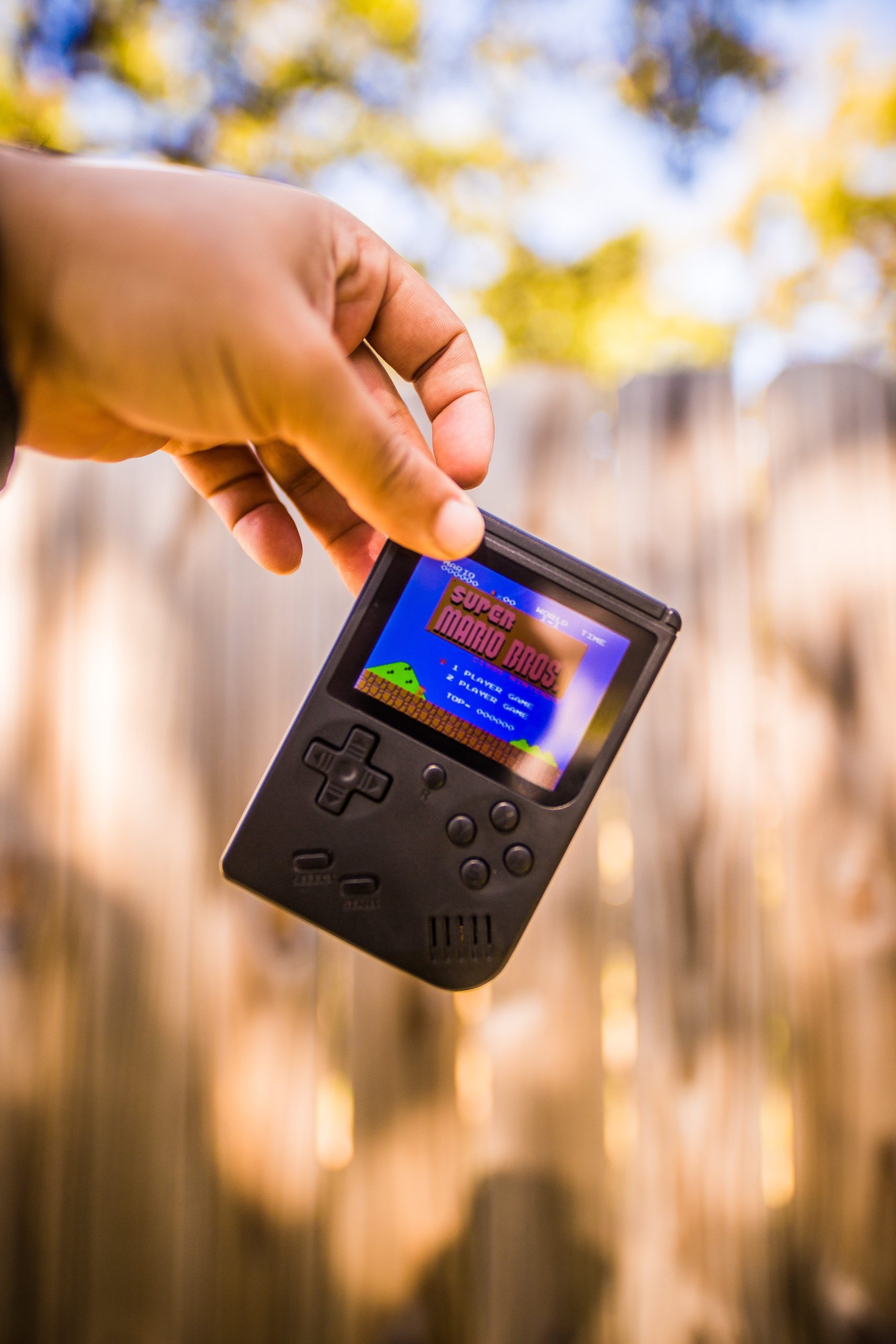The Evolution of Gaming Console Controllers: Past to Present
In the early days of gaming, the arcade industry ruled supreme, offering gamers an interactive and social experience. Players used mechanical joysticks and large buttons to control their characters on the screen. While arcade machines dominated the gaming market, there was a growing desire to bring gaming into people’s homes, leading to the birth of console gaming with its unique controllers.
2. The Simple Beginning: The Atari 2600 Joystick
Released in 1977, the Atari 2600 introduced the world to a simple, one-button joystick. With its sleek design, this controller laid the groundwork for future controllers. However, its limited functionality left room for improvement.
3. Nintendo Leading the Way: The NES Controller
In 1985, Nintendo changed the game with the release of the Nintendo Entertainment System (NES). The NES controller featured a directional pad (D-pad) for precise movements and two buttons for enhanced gameplay. This controller revolutionized the industry, setting a standard for years to come.
4. The Rise of the Thumbsticks: PlayStation DualShock
Sony’s PlayStation DualShock controller, introduced in 1997, brought analog thumbsticks into the mainstream. This innovative addition allowed for more precise control over in-game movements and added a new dimension to gaming experiences. The inclusion of vibration feedback heightened immersion, creating a solid foundation for future controllers.
5. Xbox Introduces New Possibilities: Xbox 360 Controller
Microsoft’s Xbox 360 controller, released in 2005, set a new benchmark with an ergonomic design that comfortably fit a wide range of hand sizes. The addition of triggers and bumper buttons expanded the possibilities for game developers, enabling more complex control schemes. Its popularity led to its widespread adoption by third-party developers on other platforms.
6. Nintendo’s Innovation: Wii Remote and Nunchuk
In 2006, Nintendo once again pushed boundaries with the Wii Remote and Nunchuk. This motion-sensing controller introduced a whole new way to play by allowing players to physically interact with the game world. The innovative design attracted a broader audience, bringing gaming into households that had previously shown little interest in traditional gaming consoles.
7. Wireless Freedom: PlayStation and Xbox Controllers
In recent years, wireless controllers have become the standard for gaming consoles. Both PlayStation and Xbox have refined their controllers to offer enhanced comfort, precise analog sticks, responsive buttons, and improved battery life. These advancements provide gamers with the freedom to play from any corner of the room without the limitations of cords.
8. The Future of Gaming Controllers: Virtual Reality
With the rise of virtual reality (VR), gaming controllers are entering a new era. Devices like the Oculus Touch and PlayStation Move controllers aim to immerse players in virtual worlds by accurately tracking their hand movements. These controllers provide more realistic interactions, making gamers feel like they are truly part of the game.
Conclusion
The evolution of gaming console controllers over the years has been remarkable. From the simple beginnings of the Atari joystick to the immersive experiences offered by the latest wireless controllers and virtual reality devices, controllers have played a crucial role in shaping the gaming industry. As technology continues to advance, we can only speculate about the exciting innovations yet to come.

